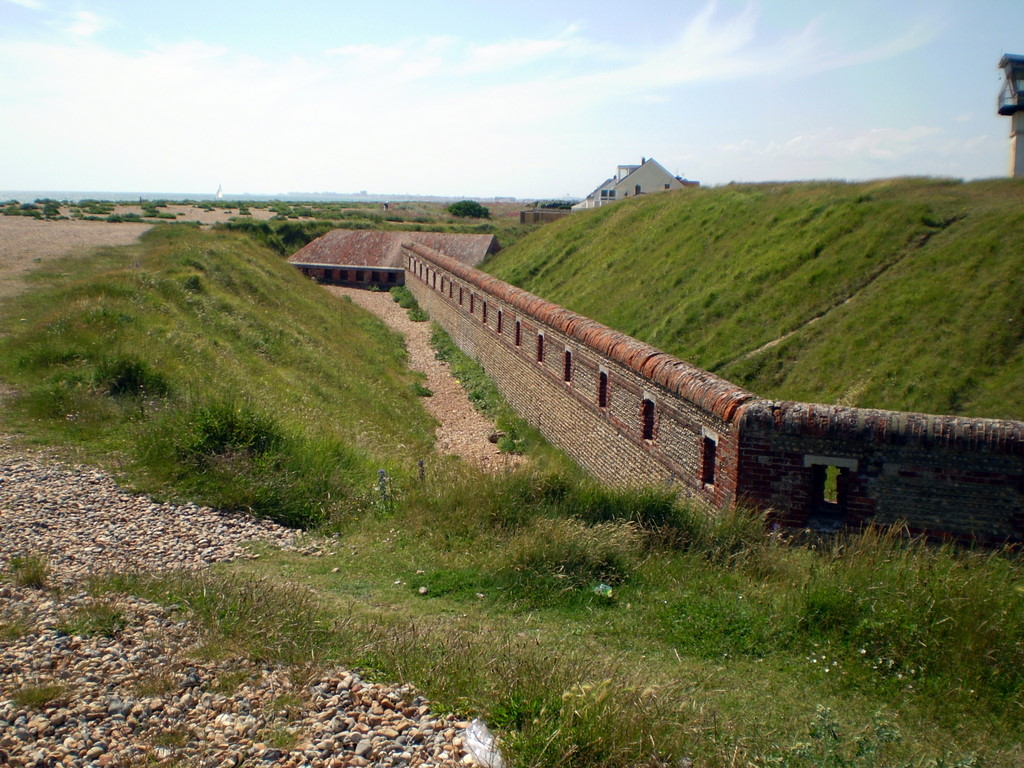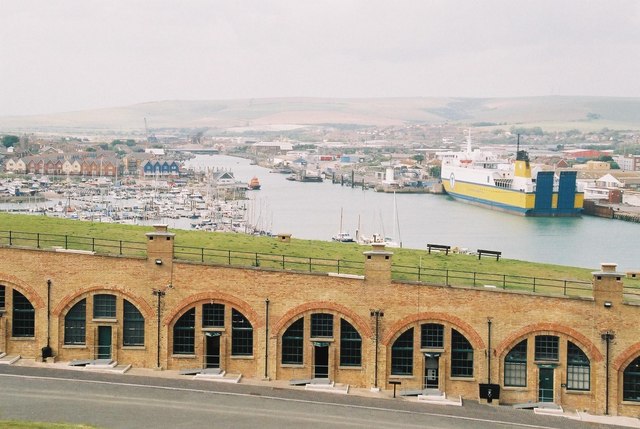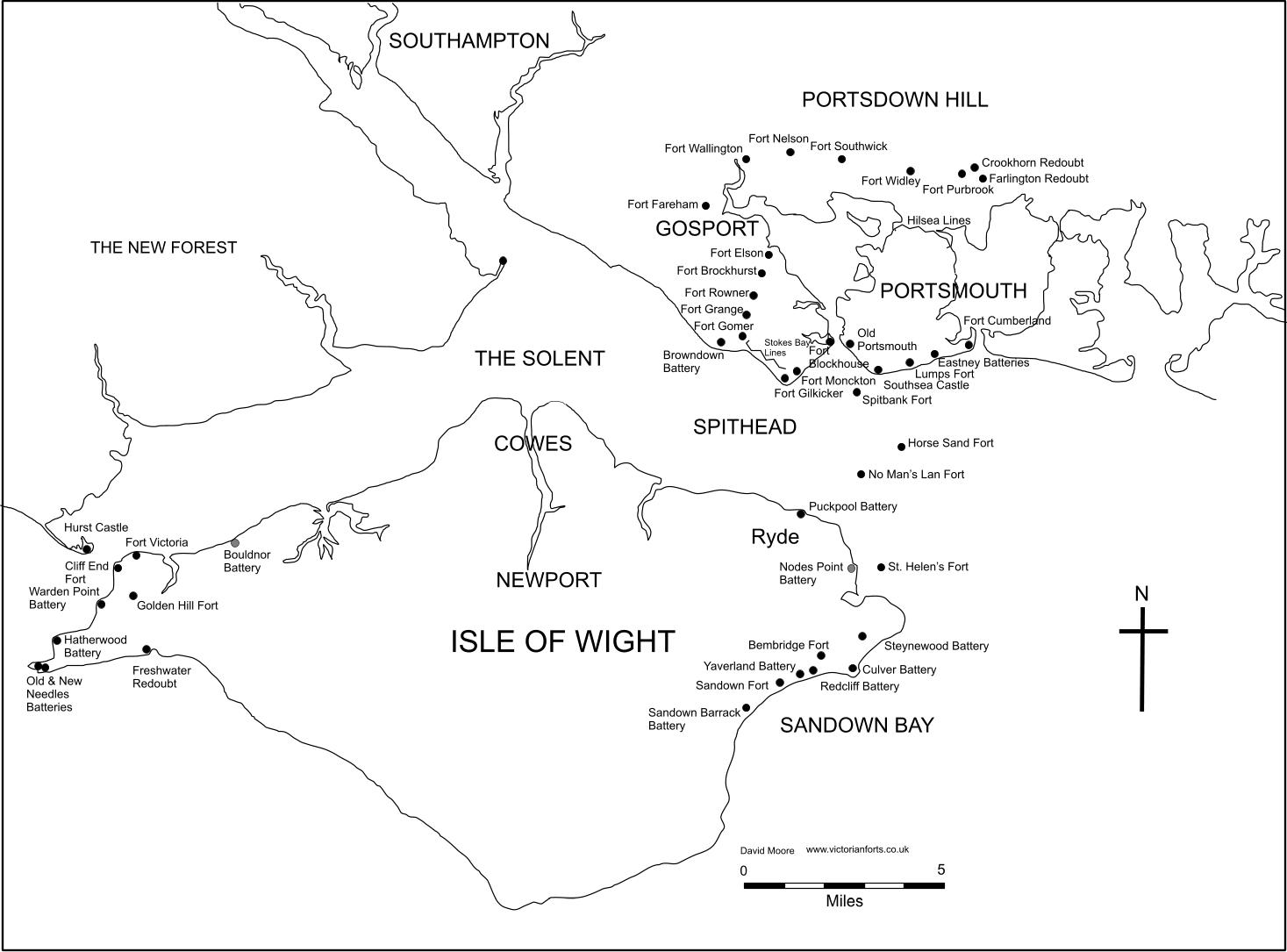|
Palmerston Forts, South Coast
{{unreferenced, date=February 2012 A number of Palmerston Forts were built along the south coast of England on recommendation of the 1860 Royal Commission on the Defence of the United Kingdom. As well as new structure, many existing defences were improved. Most were clustered around major ports, such as: *Dover *Isle of Wight *Plymouth *Portland Harbour *Portsmouth However, some more isolated works did take place at: *Hurst Castle, Hampshire *Littlehampton Redoubt, Littlehampton, West Sussex *Newhaven Fort, Newhaven *Shoreham Redoubt, Shoreham-by-Sea, West Sussex West Sussex is a county in South East England on the English Channel coast. The ceremonial county comprises the shire districts of Adur, Arun, Chichester, Horsham, and Mid Sussex, and the boroughs of Crawley and Worthing. Covering an ar ... *South coast ... [...More Info...] [...Related Items...] OR: [Wikipedia] [Google] [Baidu] |
Palmerston Forts
The Palmerston Forts are a group of forts and associated structures around the coasts of the United Kingdom and Ireland. The forts were built during the Victorian period on the recommendations of the 1860 Royal Commission on the Defence of the United Kingdom, prompted by concerns about the strength of the French Navy, and strenuous debate in Parliament about whether the cost could be justified. The name comes from their association with Lord Palmerston, who was Prime Minister at the time and promoted the idea. The works were also known as Palmerston's Follies, partly because the first ones which were around Portsmouth, had their main armament facing inland to protect Portsmouth from a land-based attack, and thus (as it appeared to some) facing the wrong way to defend from a French attack. The name also derived from the use of the term "folly" to indicate " a costly ornamental building with no practical value". They were criticized because at the time of their completion, the th ... [...More Info...] [...Related Items...] OR: [Wikipedia] [Google] [Baidu] |
Hampshire
Hampshire (, ; abbreviated to Hants) is a ceremonial county, ceremonial and non-metropolitan county, non-metropolitan counties of England, county in western South East England on the coast of the English Channel. Home to two major English cities on its south coast, Southampton and Portsmouth, Hampshire is the 9th-most populous county in England. The county town of Hampshire is Winchester, located in the north of the county. The county is bordered by Dorset to the south-west, Wiltshire to the north-west, Berkshire to the north, Surrey to the north-east, and West Sussex to the south east. The county is geographically diverse, with upland rising to and mostly south-flowing rivers. There are areas of downland and marsh, and two national parks: the New Forest National Park, New Forest and part of the South Downs National Park, South Downs, which together cover 45 per cent of Hampshire. Settled about 14,000 years ago, Hampshire's recorded history dates to Roman Britain, when its chi ... [...More Info...] [...Related Items...] OR: [Wikipedia] [Google] [Baidu] |
Shoreham Redoubt
Shoreham Redoubt (also known as Shoreham Fort or Kingston Redoubt) is a historical military defensive structure and scheduled monument at the entrance to Shoreham harbour, at the mouth of the River Adur in West Sussex, England. It was planned in the 1850s during a period of political alarm in the United Kingdom. Construction of the fort was completed in June 1857 at a cost of £11,685 (equivalent to approximately £1.2 million today). The design is similar to that of Littlehampton Fort, which had been built in 1854. Description The fort consisted of a gun platform 15 ft (4.6m) above sea level and was in the shape of a lunette, that is a straight sided crescent. The gun platform and ramparts were surrounded by a ditch, with a Carnot wall running along its centre, designed to halt attackers attempting to cross the ditch. The wall itself had loopholes for defenders to fire through. Instead of the open bastions at the Littlehampton fort, Shoreham had a caponier with ... [...More Info...] [...Related Items...] OR: [Wikipedia] [Google] [Baidu] |
Newhaven, East Sussex
Newhaven is a port town in East Sussex in England, lying at the mouth of the River Ouse. The town developed during the Middle Ages as the nearby port of Seaford began drying up, forcing a new port to be established. A sheltered harbour was built in the mid-16th century, and a breakwater in the late 18th, to provide continued access to the sea. Newhaven increased in importance following the arrival of the railway in 1847, and regular cross-Channel ferry services to Dieppe. Though these have been reduced in the 21st century, Newhaven still provides regular ferry services and continues to be used as an important freight terminal. Origins Newhaven lies at the mouth of the River Ouse, in the valley the river has cut through the South Downs. Over the centuries the river has migrated between Newhaven and Seaford in response to the growth and decay of a shingle spit (shoal) at its mouth. There was a Bronze Age fort on what is now Castle Hill. [...More Info...] [...Related Items...] OR: [Wikipedia] [Google] [Baidu] |
Newhaven Fort
Newhaven Fort is a Palmerston fort built in the 19th century to defend the harbour at Newhaven, on the south coast of England. It was the largest defence work ever built in Sussex and is now open as a museum. History Design and construction A new fort to defend the port of Newhaven was a recommendation of the 1859 Royal Commission on the Defence of the United Kingdom, during the administration of Lord Palmerston. The design of the fort commenced in 1862 and was overseen by 22-year-old Anglo-Irish Lieutenant John Charles Ardagh, working from an office in Brighton.), which were located west of the fort. During the Second World War it was manned by the 521st (Kent and Sussex) Coast Regiment, Royal Artillery. Preservation The army vacated the fort in 1962. Restoration began in 1982 following a failed commercial redevelopment venture, and 6-inch Mk VII guns have been re-installed in the fort to approximate the 1906 - 1941 armament. The fort is preserved and maintained by Lewes Dis ... [...More Info...] [...Related Items...] OR: [Wikipedia] [Google] [Baidu] |
West Sussex
West Sussex is a county in South East England on the English Channel coast. The ceremonial county comprises the shire districts of Adur, Arun, Chichester, Horsham, and Mid Sussex, and the boroughs of Crawley and Worthing. Covering an area of 1,991 square kilometres (769 sq mi), West Sussex borders Hampshire to the west, Surrey to the north, and East Sussex to the east. The county town and only city in West Sussex is Chichester, located in the south-west of the county. This was legally formalised with the establishment of West Sussex County Council in 1889 but within the ceremonial County of Sussex. After the reorganisation of local government in 1974, the ceremonial function of the historic county of Sussex was divided into two separate counties, West Sussex and East Sussex. The existing East and West Sussex councils took control respectively, with Mid Sussex and parts of Crawley being transferred to the West Sussex administration from East Sussex. In the 2011 censu ... [...More Info...] [...Related Items...] OR: [Wikipedia] [Google] [Baidu] |
Littlehampton
Littlehampton is a town, seaside resort, and pleasure harbour, and the most populous civil parish in the Arun District of West Sussex, England. It lies on the English Channel on the eastern bank of the mouth of the River Arun. It is south south-west of London, west of Brighton and east of the county town of Chichester. The parish covers an area of . The suburban area of the town has a population of approximately 55,000. The conurbation includes other settlements: Wick in the north west; Lyminster to the north; and Rustington to the east. Wick and Toddington, which has a large business park, became part of the town in 1901. Nearby towns include Bognor Regis ( WSW) and Worthing to the east. The town is also the westernmost settlement of the 15th largest urban area in England and Wales, the Brighton/Worthing/Littlehampton conurbation, a region encompassing 474,485 people (2011 census). The South Downs National Park commences north of the town: Littlehampton links to Amber ... [...More Info...] [...Related Items...] OR: [Wikipedia] [Google] [Baidu] |
Littlehampton Redoubt
''Littlehampton Redoubt'', usually known as ''Littlehampton Fort'', was built in 1854 to protect the entrance to the River Arun at Littlehampton on the south coast of England, against possible attack by the French under the Emperor Napoleon III. There had been a previous battery on the east bank of the river, but the new fort was built on the west bank. It consisted of a platform from which cannon could sweep the harbour mouth, with a barracks behind and a surrounding defensive ditch and wall. The fort was an innovative military structure, incorporating the new feature of a Carnot wall.Goodwin p 36 Its active use as a fort was short at only about 20 years, owing to technical changes in armaments, but it was a precursor of the later Palmerston Forts and therefore is NOT the First Palmerston Fort as has been alleged. The Palmerston Forts were built after the 1860 commission. Littlehampton Fort is now in a ruinous and overgrown state but largely protected by the Ivy that now grows o ... [...More Info...] [...Related Items...] OR: [Wikipedia] [Google] [Baidu] |
Hurst Castle
Hurst Castle is an artillery fort established by Henry VIII on the Hurst Spit in Hampshire, England, between 1541 and 1544. It formed part of the king's Device Forts coastal protection programme against invasion from France and the Holy Roman Empire, and defended the western entrance to the Solent waterway. The early castle had a central keep and three bastions, and in 1547 was equipped with 26 guns. It was expensive to operate due to its size, but it formed one of the most powerful forts along the coast. During the English Civil War of the 1640s, Hurst was held by Parliament and was used briefly to detain King Charles I before his execution in 1649. It continued in use during the 18th century but fell into disrepair, the spit being frequented by smugglers. Repairs were made during the Revolutionary and Napoleonic Wars with France, and the castle was modernised to enable it to hold 24-pounder (10.8 kg) guns. Fresh fears of invasion followed in the 1850s, leading to heavi ... [...More Info...] [...Related Items...] OR: [Wikipedia] [Google] [Baidu] |
England
England is a country that is part of the United Kingdom. It shares land borders with Wales to its west and Scotland to its north. The Irish Sea lies northwest and the Celtic Sea to the southwest. It is separated from continental Europe by the North Sea to the east and the English Channel to the south. The country covers five-eighths of the island of Great Britain, which lies in the North Atlantic, and includes over 100 smaller islands, such as the Isles of Scilly and the Isle of Wight. The area now called England was first inhabited by modern humans during the Upper Paleolithic period, but takes its name from the Angles, a Germanic tribe deriving its name from the Anglia peninsula, who settled during the 5th and 6th centuries. England became a unified state in the 10th century and has had a significant cultural and legal impact on the wider world since the Age of Discovery, which began during the 15th century. The English language, the Anglican Church, and Engli ... [...More Info...] [...Related Items...] OR: [Wikipedia] [Google] [Baidu] |
Palmerston Forts, Portsmouth
The Palmerston Forts that encircle Portsmouth were built in response to the 1859 Royal Commission dealing with the perceived threat of a French invasion. The forts were intended to defend the Dockyard in Portsmouth. Construction was carried out by the Royal Engineers and civilian contractors (under Royal Engineer supervision). In addition to the newly constructed forts, extensive work was carried out on existing fortifications. The Portsmouth defences can be split into four distinct groups of forts, comprising four sea forts built in the Solent, a group of forts on Portsea Island, a group of forts along Portsdown Hill overlooking Portsmouth, and a group of forts on the Gosport peninsula. As well as these forts surrounding Portsmouth, further protection for Portsmouth was provided by additional Palmerston forts on the Isle of Wight. Solent forts These man-made island forts were originally built to protect the eastern approaches to Portsmouth Harbour from attack by enemy forces ... [...More Info...] [...Related Items...] OR: [Wikipedia] [Google] [Baidu] |
Palmerston Forts, Portland
The Palmerston Forts (19th-century fortifications built to defend Britain from a perceived French threat) in the Isle of Portland area, Dorset, England, are: *East Weare Battery *Inner Pierhead Fort *The Nothe Fort *Portland Breakwater Fort *The Verne Citadel (later including Verne High Angle Battery) {{DEFAULTSORT:Palmerston Forts in the Isle of Portland area Isle of Portland An isle is an island, land surrounded by water. The term is very common in British English. However, there is no clear agreement on what makes an island an isle or its difference, so they are considered synonyms. Isle may refer to: Geography * Is ... Isle of Portland ... [...More Info...] [...Related Items...] OR: [Wikipedia] [Google] [Baidu] |




.png)



